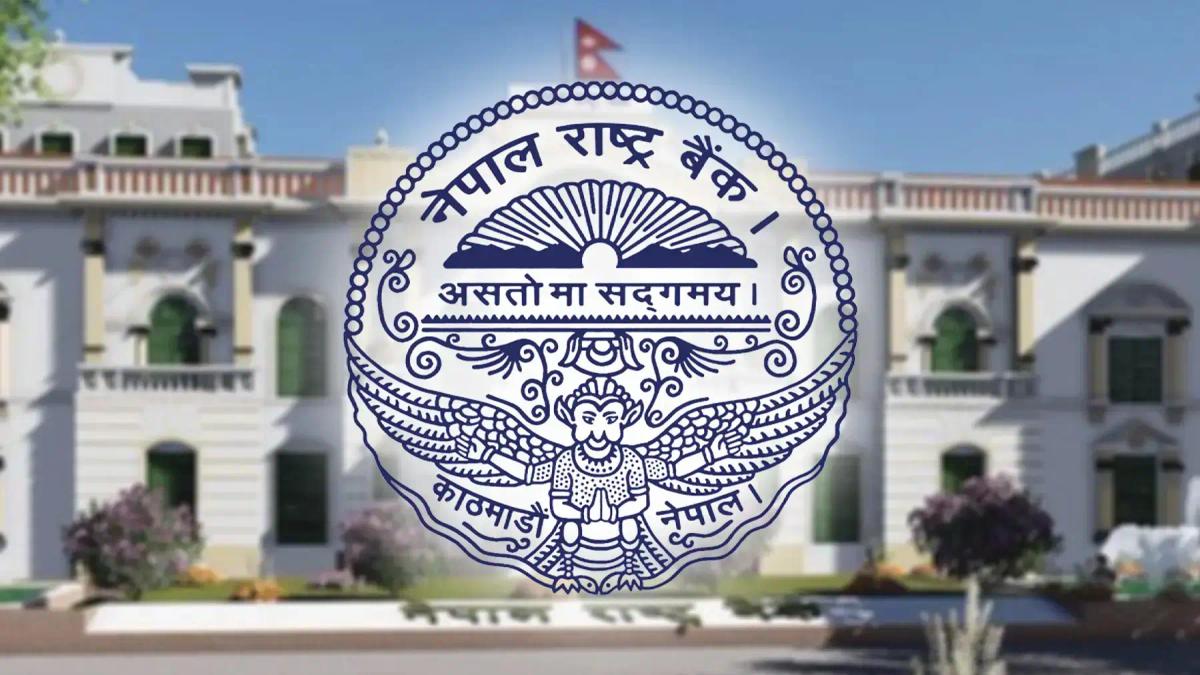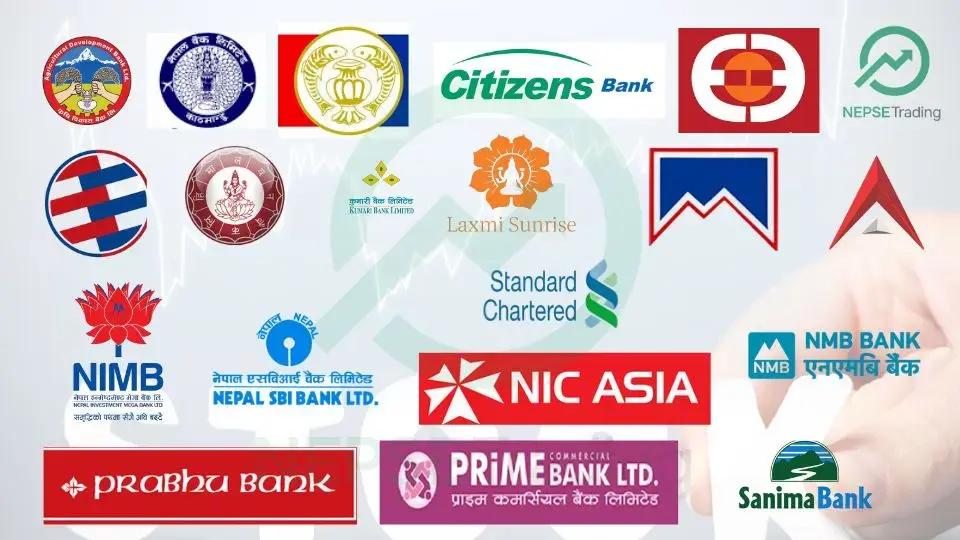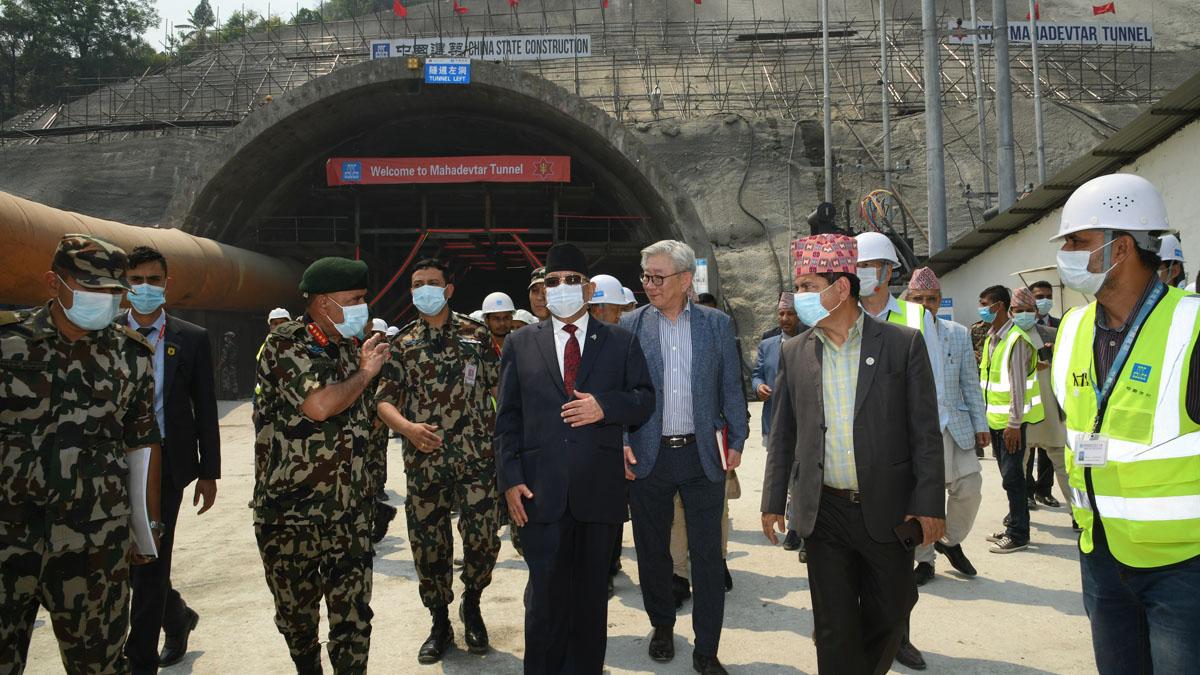By Dipesh Ghimire
Nepal Receives Record Remittance in Ashoj, Surging Past NPR 200 Billion in a Month

Nepal’s remittance inflow has reached an unprecedented level, setting a new monthly record in Ashoj with over NPR 201.22 billion entering the country. According to the latest data released by Nepal Rastra Bank (NRB), this is the highest remittance ever recorded in a single month, surpassing all previous highs. The central bank attributes the surge to the festive season surrounding Dashain, Tihar and Chhath, during which Nepalis abroad traditionally send more money to support their families back home.
The inflow in Ashoj this year shows a remarkable jump compared to the same month last year, when Nepal received NPR 144.17 billion in remittances. The sharp rise reflects not only seasonal demand but also broader structural shifts, including increased outflow of Nepali workers and growing dependence on foreign earnings. Economists note that the scale of this month’s inflow is exceptional even by festival standards, indicating both rising incomes abroad and greater household reliance on remittances amid subdued economic activity at home.
Before Ashoj, the previous monthly record was set in Asar, with NPR 189 billion entering Nepal. Similarly, Bhadra had recorded NPR 174.67 billion, suggesting that remittance momentum has remained consistently strong for several consecutive months. This sustained inflow has provided crucial support to Nepal’s external sector, enabling the country to maintain a comfortable level of foreign exchange reserves despite ongoing challenges in domestic production and investment.
During the first quarter of the current fiscal year 2082/83, remittances have reached NPR 553.31 billion, marking a significant 35.4 percent increase over the same period last year. In contrast, remittance growth during the previous fiscal year’s first quarter stood at only 11.9 percent. The strong expansion in remittance inflows has become a defining support pillar for Nepal’s economy at a time when domestic demand, manufacturing output and private investment remain weak.
In US dollar terms as well, remittance inflow has shown robust expansion. During the review period, inflows rose by 29.2 percent, reaching USD 3.94 billion. This marks a sharp contrast with last year’s modest 10.6 percent growth in dollar remittances. The strong dollar inflow has helped stabilise Nepal’s foreign exchange reserves and contributed to a stronger external liquidity position for the country.
Net secondary income—also known as net transfer income—has reached NPR 610.61 billion, up significantly from NPR 443.76 billion during the same period last year. This category includes remittances as well as private transfers, and its rapid increase underscores how central foreign income has become for Nepal’s broader economic stability. Analysts warn, however, that this heavy reliance on foreign earnings highlights the structural imbalance in Nepal’s economic model.
The rising remittance inflow is closely linked with the increasing number of Nepalis leaving for foreign employment. In the first three months of the fiscal year, 123,459 Nepalis received new final labour approvals, while 77,257 obtained re-entry approvals. Both figures are substantially higher than last year’s 110,654 and 59,939 respectively. These numbers signal a continued acceleration in labour migration, driven by limited job opportunities and modest wage growth within Nepal.
Nepal consistently ranks among the world’s top ten countries in terms of remittance inflow relative to the size of its economy. The new record set this year indicates that remittance dependency is rising once again, surpassing even previous peak levels. Economists argue that while high remittance inflows provide short-term economic relief—boosting consumption, foreign reserves and household income—they also reflect deep-rooted structural challenges such as unemployment, inadequate industrial growth and over-reliance on foreign labour markets.
As remittances continue to expand rapidly, Nepal faces a dual reality: strong external stability driven by foreign earnings, and persistent domestic weaknesses that remain unaddressed. Experts say the record-breaking inflows represent both an opportunity and a warning. Without substantial reforms to boost domestic production, create employment and attract investment, Nepal’s long-term economic resilience may remain vulnerable despite the temporary comfort provided by soaring remittances.









